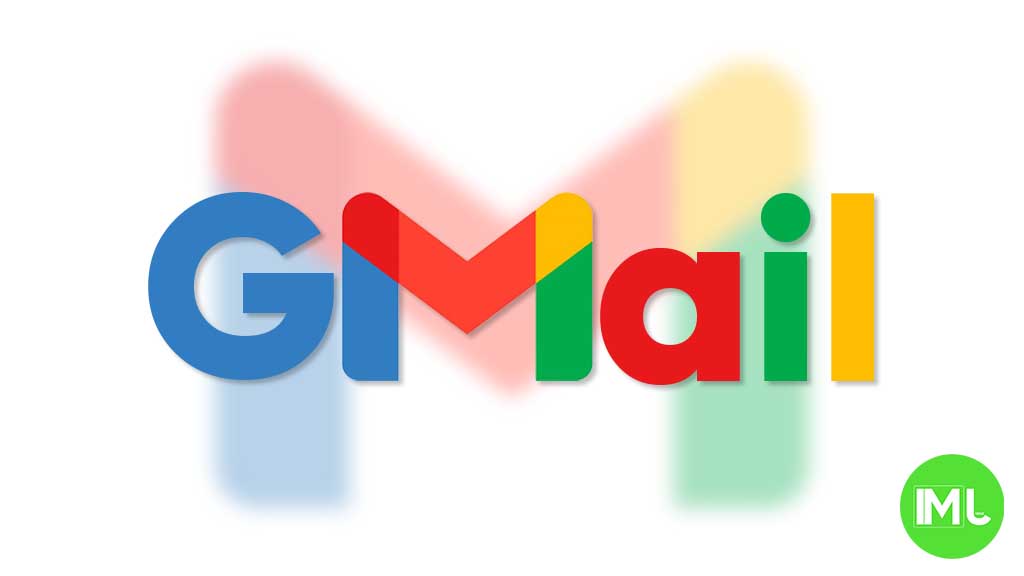Pixel 9 series fixes Google’s biggest flaws, marking a new era of success
The Pixel 9 series marks a major turning point for Google, reflecting a significant improvement in its smartphone line. Over the years, Google has struggled with various issues across its Pixel phones, but it seems the company has finally managed to address the biggest flaws with its latest release.
A History of Hits and Misses
The journey of the Pixel series has been a roller coaster ride for Google. The first-generation Pixel had a solid debut but was criticized for its dated design compared to other smartphones of its time. However, its camera quality and software experience set it apart, planting the seed for what would become Google’s signature strengths.
The Pixel 2 series continued this trend but introduced new problems. The smaller Pixel 2 felt outdated in its design, while the larger Pixel 2 XL suffered from inconsistent display quality. Many users complained about poor colors and burn-in issues, which was a major letdown for many fans who were looking forward to a premium experience.
With Pixel 3, Google made strides in design and hardware improvements, yet the large “bathtub” notch on the display was a divisive feature, and many users found it hard to overlook. The inconsistency in Google’s design choices became apparent here, as the series had both hits and misses.
The Pixel 4 series was unique, featuring an advanced IR-based face unlock system and Google’s innovative “Soli” radar technology for motion gestures. However, its potential was marred by the poor battery life on the smaller model, making it one of the most criticized aspects of the phone.
The Tensor Era and its Growing Pains
The Pixel 5 release during the pandemic was seen as a transitional phase for Google. It offered a good smartphone experience but lacked a larger size option, which alienated a segment of users.
With the Pixel 6 series, Google introduced its custom Tensor chip, marking a significant shift in strategy. It was a bold move, aimed at optimizing AI capabilities and delivering a more integrated experience. However, this first-generation Tensor chip faced issues, especially with network reception. These problems continued into the Pixel 7, where users also dealt with an unreliable fingerprint sensor. Although the phones were innovative, they didn’t meet customer expectations due to these flaws.
The Pixel 8 series showed significant improvement. Google managed to fix major problems like overheating and stability, delivering two almost flawless devices. The displays were impressive, even competing with top smartphones in the US market. However, the reputation hit from the previous Pixel 6 and 7 series made some potential buyers hesitant.
The Pixel 9 Series: A New Benchmark
With the launch of the Pixel 9 series in August 2024, Google seems to have finally found its footing. The lineup includes four models, each boasting mature hardware and refined software that address the persistent issues of the past. The Pixel 9 series has:
- Top-notch Displays: Vibrant and bright screens that offer an excellent visual experience.
- Outstanding Cameras: Continuing Google’s legacy, the Pixel 9 series delivers some of the best smartphone photography available.
- Improved Software: Clean, intuitive, and user-friendly, the software has become a major selling point for Pixel phones.
- Better Marketing Strategy: Google has effectively positioned the Pixel 9 as an appealing alternative to the iPhone, especially with features like RCS messaging on iOS, making it easier for users to switch.
These improvements have resonated well with customers, as seen in the strong sales figures reported by Google.
Record-Breaking Sales and Market Impact
The Pixel 9 series has shown a surge in popularity, with Google recording its highest-ever quarterly sales in Q3 2024. The company achieved a remarkable 20% year-over-year growth in the US market, a testament to the improved reception of its devices. The Pixel 9 Pro XL has been particularly successful, making it into the top 10 premium smartphones in the US. This is a significant achievement given the fierce competition from Apple’s iPhone 14, 15, and 16 models, as well as Samsung’s flagship Galaxy devices.
One of the most impressive statistics is that Google Pixel smartphones now account for over 14% of tracked web traffic in the US. While Apple dominates with more than 50% of web traffic, Google’s share is over half of Samsung’s, representing a nearly threefold increase in just one month. This indicates a significant rise in the number of Pixel users, highlighting the growing popularity of Google’s devices.
Addressing Key Issues
The success of the Pixel 9 series can be attributed to Google’s efforts in fixing the longstanding issues that have plagued its smartphones. The improvements include:
- Better Cell Reception: One of the major complaints from users in previous models has been resolved, enhancing overall connectivity.
- Reduced Overheating: Google has managed to optimize the hardware to prevent overheating, a problem that affected earlier Pixel models.
- Enhanced Battery Life: The battery performance, especially on the smaller models, has seen a noticeable improvement, addressing one of the biggest pain points from past generations.
However, despite these advancements, some users still express concerns about the Pixel 9 series. There are complaints about Google not using the latest high-end chips and the increased pricing of the devices this year. Yet, these issues have not deterred many buyers, as the overall package of the Pixel 9 series appears to deliver excellent value.
Conclusion
The Pixel 9 series signifies Google’s comeback in the smartphone market. By addressing its past mistakes and refining its approach, Google has delivered a lineup that appeals to both long-time Pixel fans and new users. With strong sales figures, positive user feedback, and a growing market share, the Pixel 9 series is a clear indication that Google has finally managed to fix its biggest smartphone flaws. This success story shows that Google’s commitment to improving its devices is paying off, setting a strong foundation for the future of the Pixel brand.
Gmail and Google Photos get new design and useful updates

Google is giving Gmail and Google Photos some fresh updates to make things easier and more user-friendly.
First, Gmail on the web is now getting a new layout option. You can choose between “Cozy,” “Comfortable,” or “Compact” views based on how much space you want between your emails. Google is also adding a setting to control whether your inbox and labels stay on screen or only show up when needed. These changes make it easier to personalize how Gmail looks and feels.
Meanwhile, Gmail for iPhone is getting a visual upgrade. The app now uses Google’s updated design style called “Material 3.” You’ll notice a cleaner look with a rounded search bar at the top, smoother icons, and better spacing. Although the bottom bar and buttons look mostly the same, the overall design feels more modern and easier on the eyes.
Lastly, Google Photos is bringing back a helpful feature. The classic search shortcut that appears in the bottom bar is returning, making it quicker to find your photos. Before this, the shortcut had been removed when Google added the new “Memories” tab. Now, both features work together, letting you browse memories and search with ease.
These updates aim to make Google’s apps feel more useful, clean, and easier to use on both desktop and mobile.
Android
Android 16 boosts USB data safety and fixes delayed notifications on Pixel phones

Google’s upcoming Android 16 update is bringing better security and some helpful improvements, especially for Pixel phone users. One of the main features in Android 16 is a new way to protect your phone’s data when it’s connected to a computer through USB. Right now, when you plug your phone into a PC or laptop, it can access all your data as long as you approve it.
With Android 16, Google is adding an extra security layer that only allows limited access unless you enter your PIN, password, or use your fingerprint. This will help protect your files if someone tries to access your phone without permission.
At the same time, Google is also working on a fix for a frustrating issue that some Pixel users have been facing for months — delayed notifications. After the April 2024 update, many users noticed that app alerts were not showing up on time, especially from messaging apps. Google has confirmed the problem and says a fix will be included in a future update, though it’s not in the current April patch yet.
Together, these changes show that Google is focusing on both stronger privacy and a smoother experience for Android and Pixel users. Android 16 is expected to roll out later this year, starting with developer previews.
Android
Google improves Translate, Assistant, TV, and Chrome with new updates

Google is bringing several updates across its apps to make them more useful and easier to use. Google Translate is working on a new feature called “Practice.” It helps users improve their language skills by offering short exercises, like matching words or filling in blanks. Right now, it looks like it will focus on Spanish, but other languages may come later. This tool could be great for people who want to go beyond just translating words and learn the language.
Google Assistant’s Driving Mode in Google Maps is starting to shut down. Many users are noticing that the card-style dashboard is disappearing, and the Assistant voice command shortcut no longer works. Google hasn’t officially said why, but it seems they’re moving away from this feature, possibly to focus on other tools or experiences in Maps.
Google TV’s Freeplay app is now back with a fresh look. It gives users free access to over 100 live TV channels. The redesign makes it easier to browse channels and see what’s playing. The new layout also highlights what’s currently on, making it faster to start watching without having to dig through menus.
Lastly, Google Chrome is testing a new built-in PDF viewer. This upgraded tool makes reading and editing PDFs easier right inside the browser. It includes better zoom controls, a cleaner layout, and a page list view that lets users jump to specific pages more quickly. These updates show Google’s push to improve how we learn, drive, watch TV, and browse the web.
-

 Apps1 year ago
Apps1 year agoGboard Proofread feature will support selected text
-

 News1 year ago
News1 year agoSamsung USA crafting One UI 6.1.1
-

 News1 year ago
News1 year agoBreaking: Samsung Galaxy S22 may get Galaxy AI features
-

 News1 year ago
News1 year agoSamsung Galaxy S23 Ultra with One UI 6.1 and all S24 AI features revealed
-

 News1 year ago
News1 year agoOne UI 6.1 Auracast (Bluetooth LE Audio) feature coming to many Samsung phones
-

 News1 year ago
News1 year agoSatellite SOS feature coming to Google Pixel phones, evidence leaked
-

 Apps11 months ago
Apps11 months agoGoogle’s fancy new Weather app is finally available for more Android phones
-

 News1 year ago
News1 year agoGoogle Pixel evolves as Europe’s third best selling flagship








